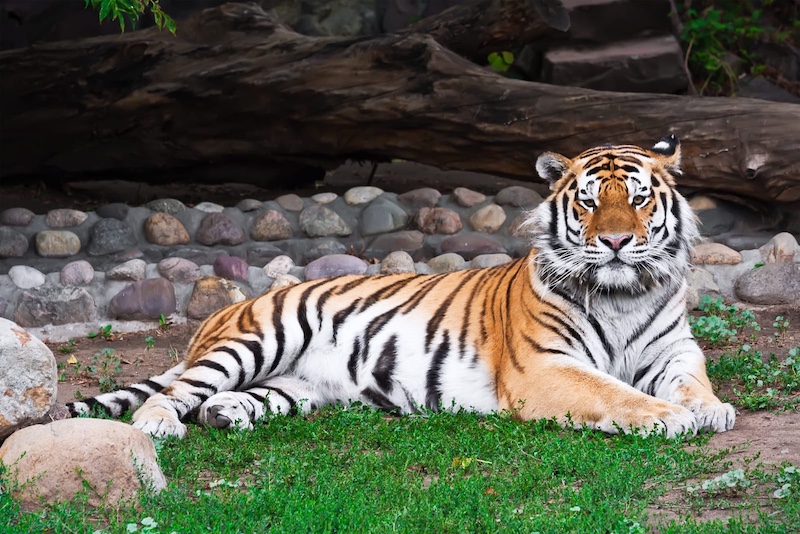Exotic pets can be fascinating, but keeping certain animals at home comes with serious risks. Whether it’s due to strength, venom, aggression, or disease transmission, some species are simply not meant for life in a living room. Here are ten of the most dangerous animals people try to keep as pets—ranked from least to most dangerous.
Scorpions
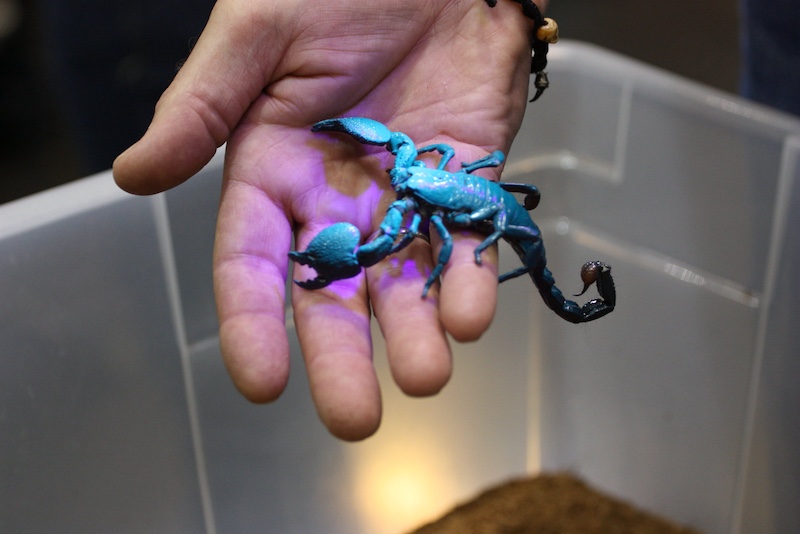
Scorpions might be small and quiet, but some species—like the fat-tailed scorpion and the deathstalker—pack venom that can cause serious harm. While most pet scorpions aren’t lethal to healthy adults, their stings can cause severe pain, allergic reactions, or complications in children and the elderly.
Some species have venom strong enough to cause paralysis or death without prompt treatment. Even experienced handlers can get stung, especially if the scorpion becomes stressed or feels threatened.
Large Constrictor Snakes (Burmese Pythons, Reticulated Pythons)
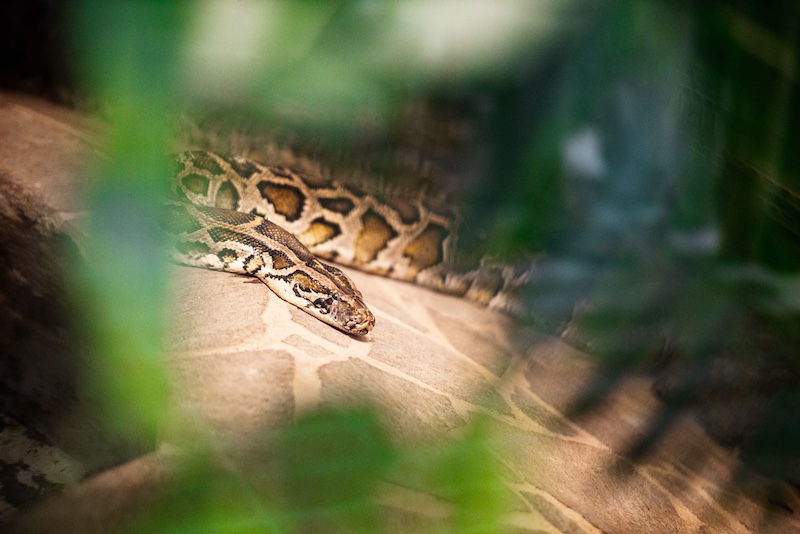
These snakes can grow to over 20 feet long and weigh more than 200 pounds. Although they’re not venomous, they kill by constriction, which means they wrap around their prey—including humans—and squeeze until suffocation occurs.
Several documented deaths have involved pet pythons escaping enclosures or being mishandled. Their immense size, strength, and tendency to strike unexpectedly make them difficult and dangerous pets, especially for those without professional experience.
Venomous Lizards (Gila Monsters, Beaded Lizards)
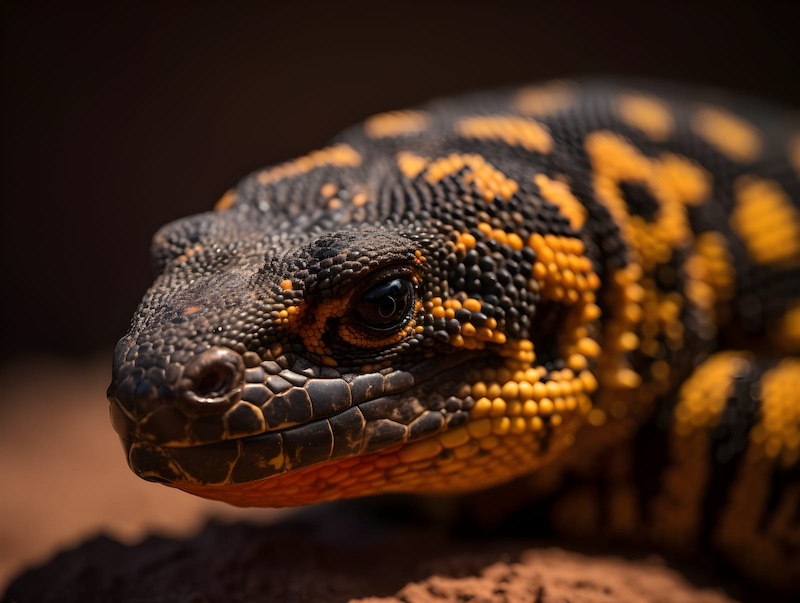
Unlike snakes, venomous lizards like the Gila monster deliver venom through grooved teeth and a chewing motion. Their bites aren’t just painful—they can cause swelling, dizziness, low blood pressure, and even respiratory issues.
There’s no antivenom, so treatment focuses on managing symptoms. Though attacks are rare in captivity, these lizards are unpredictable and best left in the wild or in professional care facilities.
Venomous Snakes (Cobras, Vipers, Mambas)
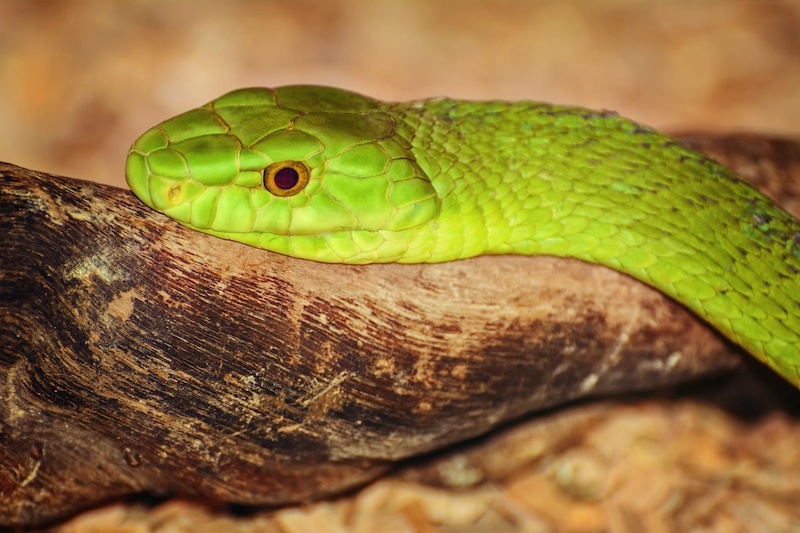
Keeping a venomous snake is a high-stakes gamble. Even a single bite from a cobra or black mamba can lead to paralysis, internal bleeding, or death in a matter of hours.
Although fatalities in the U.S. are rare thanks to antivenom and medical treatment, handling these animals increases the odds of accidents dramatically. Escapes are also a serious concern, both for the owner and the public. Several states outright ban venomous snakes for this reason.
Non-Human Primates (Monkeys, Chimpanzees, Macaques)
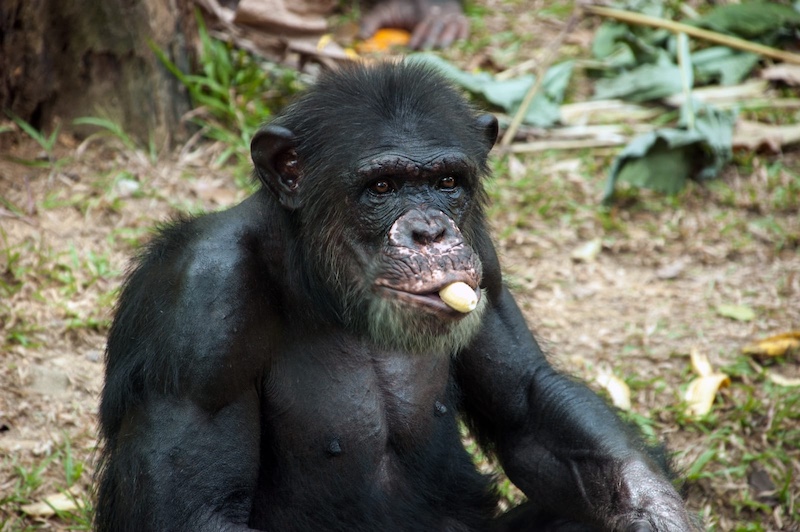
Monkeys may appear cute and intelligent, but they are highly unpredictable—especially as they mature. Adult primates can become territorial, aggressive, and even violent. In one well-known case, a 200-pound pet chimpanzee mauled a woman in Connecticut in 2009, causing severe facial and hand injuries.
Primates also carry a range of zoonotic diseases, such as herpes B virus and tuberculosis, that can be transmitted to humans through bites, scratches, or bodily fluids.
Wolves and Wolf-Dog Hybrids
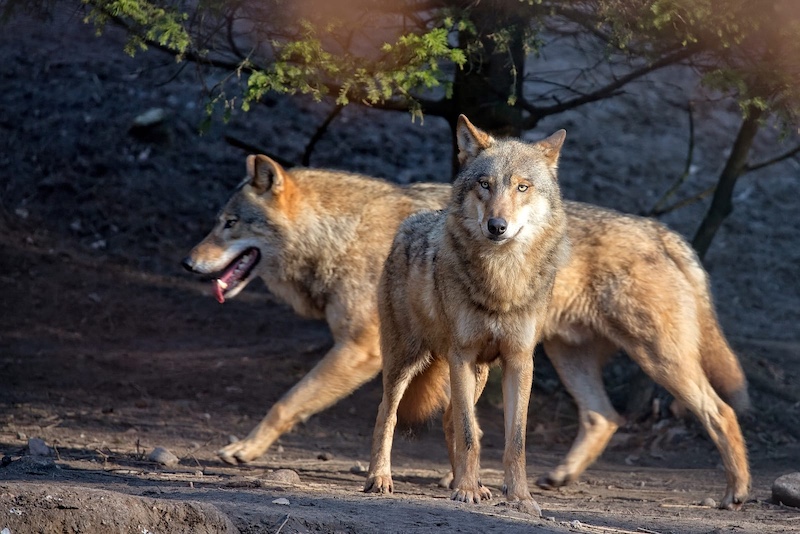
Despite what Hollywood may suggest, wolves and wolf hybrids are not just “big dogs.” They have wild instincts, unpredictable temperaments, and specialized care needs. Even hybrids raised from birth can exhibit fear-based aggression, especially around strangers or in unfamiliar situations.
Wolf-dog attacks on owners and family members have been reported across the U.S., prompting many states and counties to ban them altogether. Their strength, unpredictability, and lack of domestication make them a risky choice.
Crocodilians (Alligators, Crocodiles, Caimans)
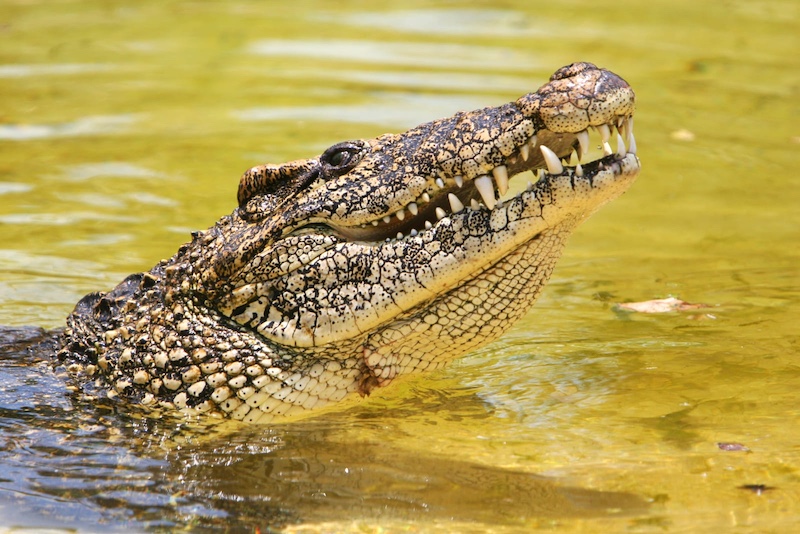
While it might sound absurd, people have tried keeping baby alligators in bathtubs or backyards. The problem? They grow fast—and stay deadly. Crocodilians have incredibly strong jaws, razor-sharp teeth, and lightning-fast reflexes.
Even a small caiman can cause serious injury if it feels threatened. As they mature, they become harder to handle and more aggressive. Escapes and attacks have prompted several states to implement strict regulations or outright bans on private ownership.
Big Cats (Tigers, Lions, Leopards)
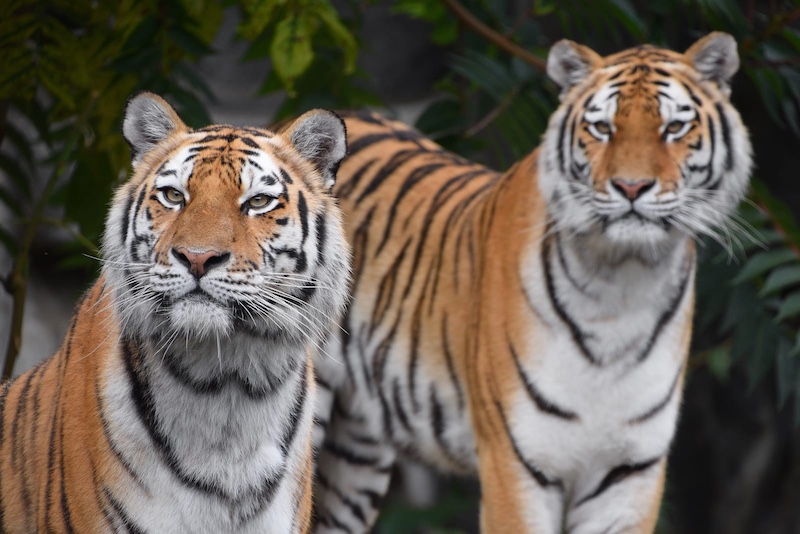
Big cats may start out small and manageable as cubs, but they grow into apex predators capable of killing with a single swipe or bite. They are not domesticated and never lose their wild instincts. Since 1990, captive big cats in the U.S. have killed at least 20 people and injured hundreds more.
Even trained professionals have been caught off guard. These animals require vast enclosures, specialized diets, and round-the-clock care that few private individuals can provide. (Humane Society).
Cassowaries
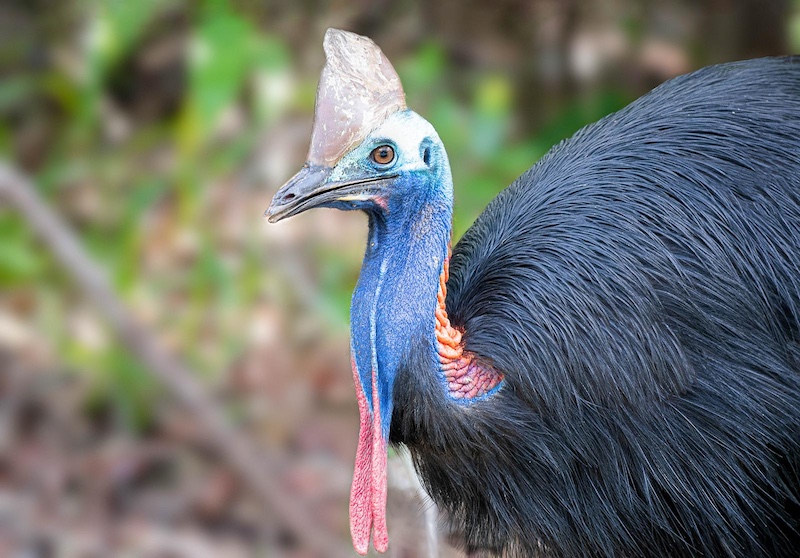
Cassowaries may look like colorful, prehistoric turkeys, but they are far from harmless. These flightless birds can stand up to 6 feet tall, run over 30 mph, and jump nearly 5 feet in the air. What makes them so dangerous are the dagger-like claws on their inner toes—up to 4 inches long—which they use to kick and slash when threatened.
Cassowaries have been known to kill humans with these powerful kicks. In captivity, they can become territorial, aggressive, and incredibly difficult to manage. Keeping a cassowary as a pet is not just a bad idea—it’s a recipe for disaster. (San Diego Zoo).
Elephants
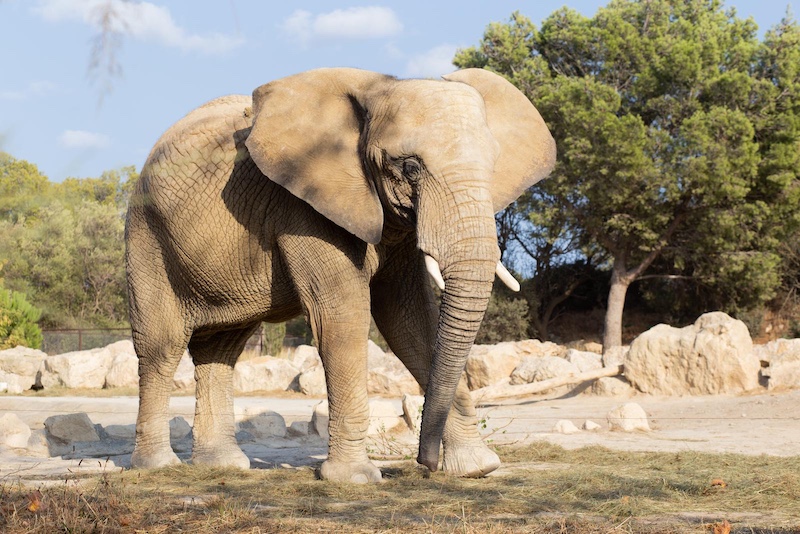
Rarely kept as private pets—but occasionally by the ultra-wealthy or exotic animal collectors—elephants are among the most dangerous animals in captivity. They are intelligent, social, and emotional—but also massive and potentially violent.
Elephants have killed more zookeepers than any other mammal. When they snap under stress or isolation, the results are catastrophic. Their needs far exceed anything a private citizen can provide.
- Please Note: This content was created with the assistance of AI and thoroughly edited by a human before publishing.

